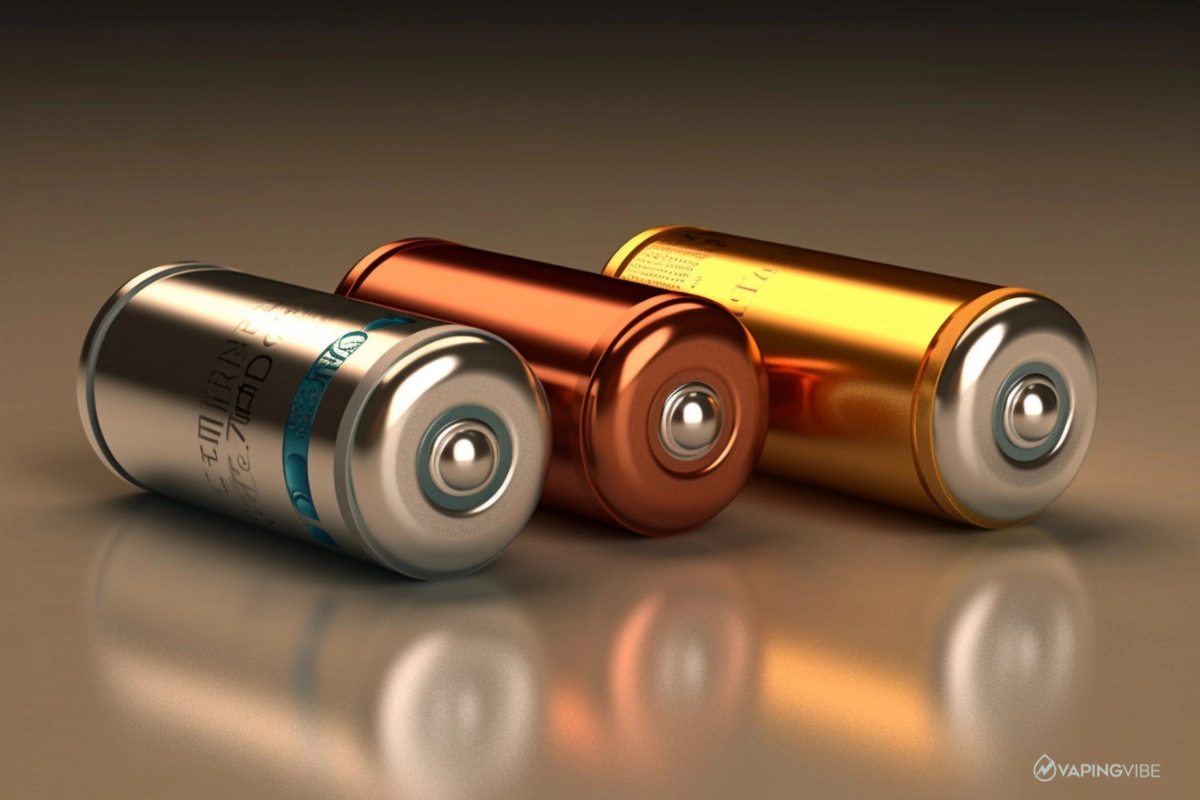Charging 510 batteries might seem straightforward; connect the charger, wait for a full charge, and it’s done. However, overcharging these compact power sources can pose significant hazards, including the risk of thermal runaway, which can lead to fire or even explosions if mishandled.
Selecting a reliable 510-thread battery is crucial for both performance and safety. Understanding the early signs of overcharging and following preventive measures will help maintain battery longevity. Let’s start by exploring ways to reduce the risks associated with thermal runaway.
Mitigate Thermal Runaway in Batteries
Preventing thermal runaway begins with maintaining an optimal charging environment. Excessive heat can trigger this dangerous chain reaction, causing the battery temperature to rise uncontrollably. According to the National Renewable Energy Laboratory, keeping charging temperatures below 30°C significantly reduces the likelihood of thermal runaway.
Integrated Battery Management Systems (BMS) are vital for monitoring and regulating temperature, voltage, and current during charging cycles. Opting for the best 510 thread battery with UL certification ensures adherence to rigorous safety standards designed to prevent overheating. Additionally, using chargers with automatic shutoff features helps minimize the risk of overcharging, which is one of the primary causes of thermal incidents in lithium-ion batteries commonly found in 510-thread configurations.
Spotting Overcharge Warning Signs Early
Identifying early warning signs of overcharging can prevent serious malfunctions and enhance overall safety.
- Charger mismatch: Using an incompatible charger can push excessive voltage into the battery cells, exceeding their design limits and causing internal chemical reactions. Always use a charger specifically designed for the device’s voltage requirements.
- Temperature issues: Charging batteries at extreme temperatures places them under additional stress, even with proper charging equipment. Excessive heat can cause swelling or leakage, while extremely low temperatures can result in poor power delivery and inconsistent performance.
- Excessive charging time: Leaving a battery connected for extended periods after reaching full charge subjects it to unnecessary stress. A high-quality BMS may offer protection, but best practices dictate disconnecting the charger promptly once the battery is fully charged.
Maximizing the Lifespan of Your Best Battery
Prolonging battery life involves careful usage and maintenance habits. Visible swelling, rapid power loss, or abnormal heating during charging should prompt immediate discontinuation of use. Selecting batteries with higher mAh ratings can provide extended operational times between charges.
To maintain optimal performance, avoid allowing the battery to fully discharge or remain on the charger for prolonged periods after reaching 100%. Store batteries in cool, dry conditions to minimize degradation caused by heat. Regularly cleaning battery contacts can also improve energy transfer and reduce wear over time.
In summary, overcharging 510 batteries not only reduces their lifespan but also introduces risks of overheating or potential fires. Using compatible chargers, such as those from DubCharge, and adhering to safe charging practices will significantly improve battery performance and safety. Proper care ensures both longevity and reliable operation.










